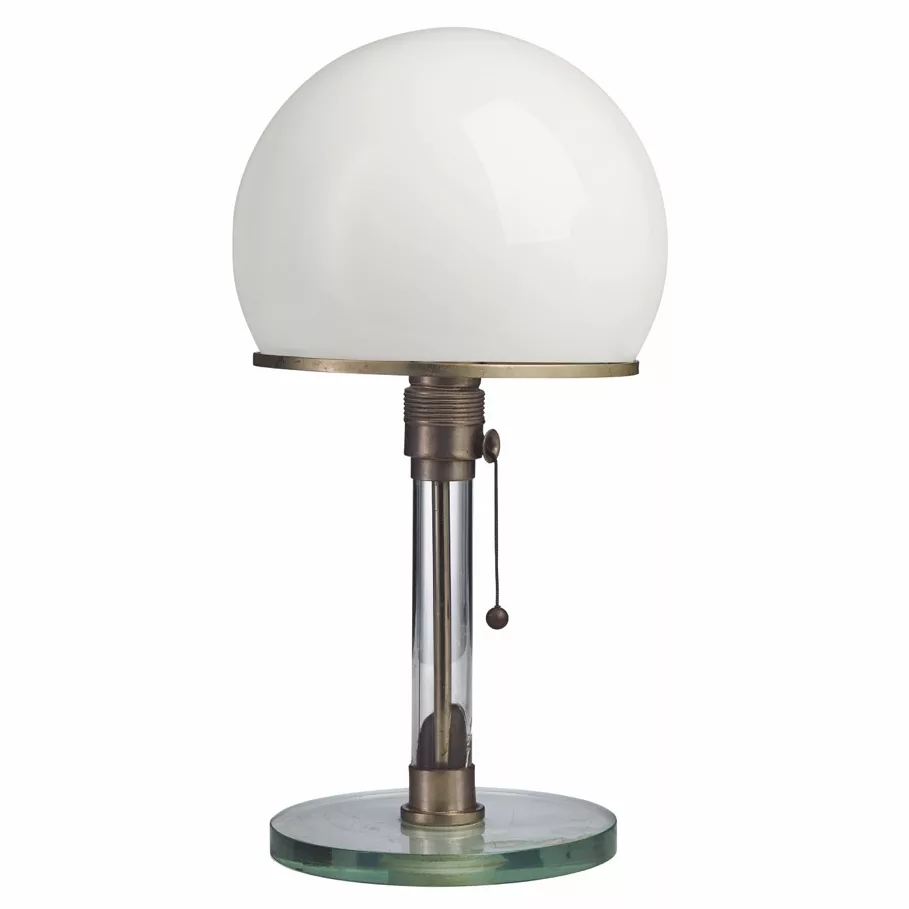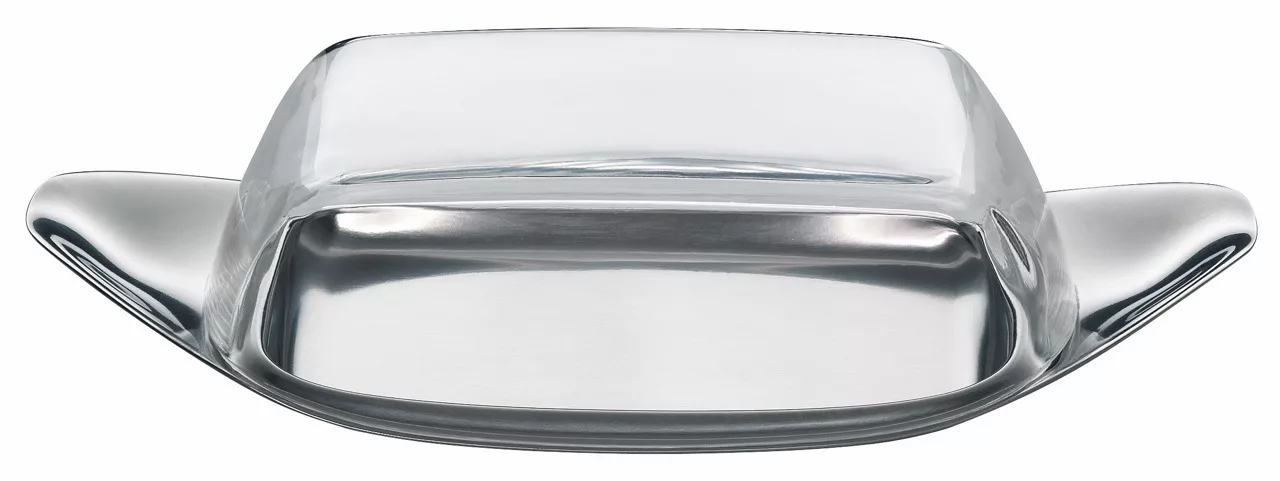Design classics never age. They do not lose their relevance because they do not have to pander to the spirit of the times. Wilhelm Wagenfeld designed such classics. Born in Bremen on 15th April 1900, he left behind a body of work that still resonates today: restrained in form, clear in purpose, unagitatedly modern.
by Katharina de Silva

Wilhelm Wagenfeld was not a man of grand gestures. He was not interested in the extraordinary, but in the basics – and in how it could be done better. His career unfolded as a process of steady evolution, not as a dramatic leap. In 1914 he began an apprenticeship as an industrial draughtsman at the Bremen silverware factory Koch & Bergfeld. At the same time, he began attending the Staatliche Kunstgewerbeschule in Bremen in 1916. His early training continued at the Hanau Zeichenakademie and, briefly, at the Worpswede artists’ colony. In 1923, he enrolled in the preliminary course at the Bauhaus in Weimar, where he also began working in the metal studio – an environment that honed his sensitivity to form and material.

Icon of Everyday Life
The iconic Bauhaus Lamp WG24 is the most prominent example of his design philosophy: a lamp made of glass and metal, created in 1924 while he was still a student in László Moholy-Nagy’s studio. Today, it can be found in homes and museums around the world. Since 1980, it has once again been produced exclusively by Tecnolumen in Bremen – with Wagenfeld’s personal approval. Each lamp bears a serial number and Wagenfeld’s signature, ensuring authenticity and quality. This is the secret of its enduring success: it is both a design icon and a functional everyday object.
Wagenfeld’s ethos: design doesn’t have to justify itself, it has to work. The oft-quoted phrase ‘There is nothing that cannot be improved’ aptly sums up his way of thinking. He saw design as a task for society, not for the elite. The pieces he designed – teapots, tins, cutlery – were affordable, durable and clear. One of his best-known designs for everyday use is the simple glass and stainless steel butter dish he created for WMF in the 1950s – a prime example of his idea of functional beauty on the smallest scale.
Between Bauhaus and the Industry
What set Wagenfeld apart was his belief in the power of mass production. He recognised early on the potential of industrial production as an engine for democratic design: ‘The transformation of industrial production that we must strive for is not an aesthetic problem […] but rather the achievement of the task in its social and economic effectiveness’.
After the Bauhaus moved to Dessau in 1925, Wagenfeld made a conscious decision to stay in Weimar. There he joined the newly founded State Bauhaus School as a journeyman, became an assistant and in 1928 took over as head of the metal workshop. It was a sign of his independence and his conviction that design is not bound to institutions but to attitudes.
As early as 1926, Wagenfeld became a member of the Deutscher Werkbund, an association that advocated high-quality design in the field of tension between crafts, industry and art. Here, too, he found an environment that shared his idea of socially responsible design.


Working in the Midst of Conflict
Between 1931 and 1935 he was a professor at the Staatliche Kunstschule in Berlin – a formative period before he took over as artistic director of the Vereinigte Lausitzer Glaswerke (VLG) in 1935. Many of his best-known household products were created there, such as the stackable ‘Kubus’ bowl-container. Collaborations with companies such as WMF, Jenaer Glas, Rosenthal and Braun show how consistently he saw industrial design as a social task. During the National Socialist era, Wagenfeld continued his work as artistic director of the VLG without joining the NSDAP – he repeatedly refused to become a member. Although he continued to design products for civilian use, some of his work conformed formally to the Nazi aesthetic. Wagenfeld was called up for military service in 1942, but was discharged a year later at the instigation of the glass industry. This period of his life is regarded as ambivalent: on the one hand, he maintained creative continuity and professionalism; on the other, he operated within the structural compromises of an authoritarian regime.
Wagenfeld spoke the language of machines with a designer’s sensitivity. His approach was systematic but never sterile. Even his simply designed storage boxes have a quiet elegance. Wagenfeld did not design for consumption, but for use. That is why his work strikes a chord in today’s world, which is rethinking sustainability and longevity. In 1954 he founded the Werkstatt Wagenfeld in Stuttgart, a place where he developed many of his ideas between craftsmanship and industrial production. By 1978, he had created designs that are still relevant today: clear, accessible, timeless.
Design That Matters
Wagenfeld died in Stuttgart in 1990, but his work continues to have an impact. The Wilhelm Wagenfeld Foundation in Bremen, which he co-founded, manages his legacy and shows how relevant his ideas remain today. No hero worship, no staging – but a quiet consistency that still has an effect today. On the 125th anniversary of his birth, therefore, no grand monument, but a close look at an oeuvre that is restrained – and therefore convincing. Because good design, as Wagenfeld knew, does not want to shine. It wants to be part of everyday life.



About the Author
Katharina de Silva studied German and journalism in Mainz and completed a journalistic traineeship before working as an editor and content expert in publishing houses and agencies. Since 2022, she has been writing freelance for online and print magazines about design, art, culture and motherhood, including form, Stylepark Magazine, SCHIRN Mag and The Weekender. In 2024, she took over as editor-in-chief of the German Design Council’s design magazine ‘ndion’.
Share on Social Media

